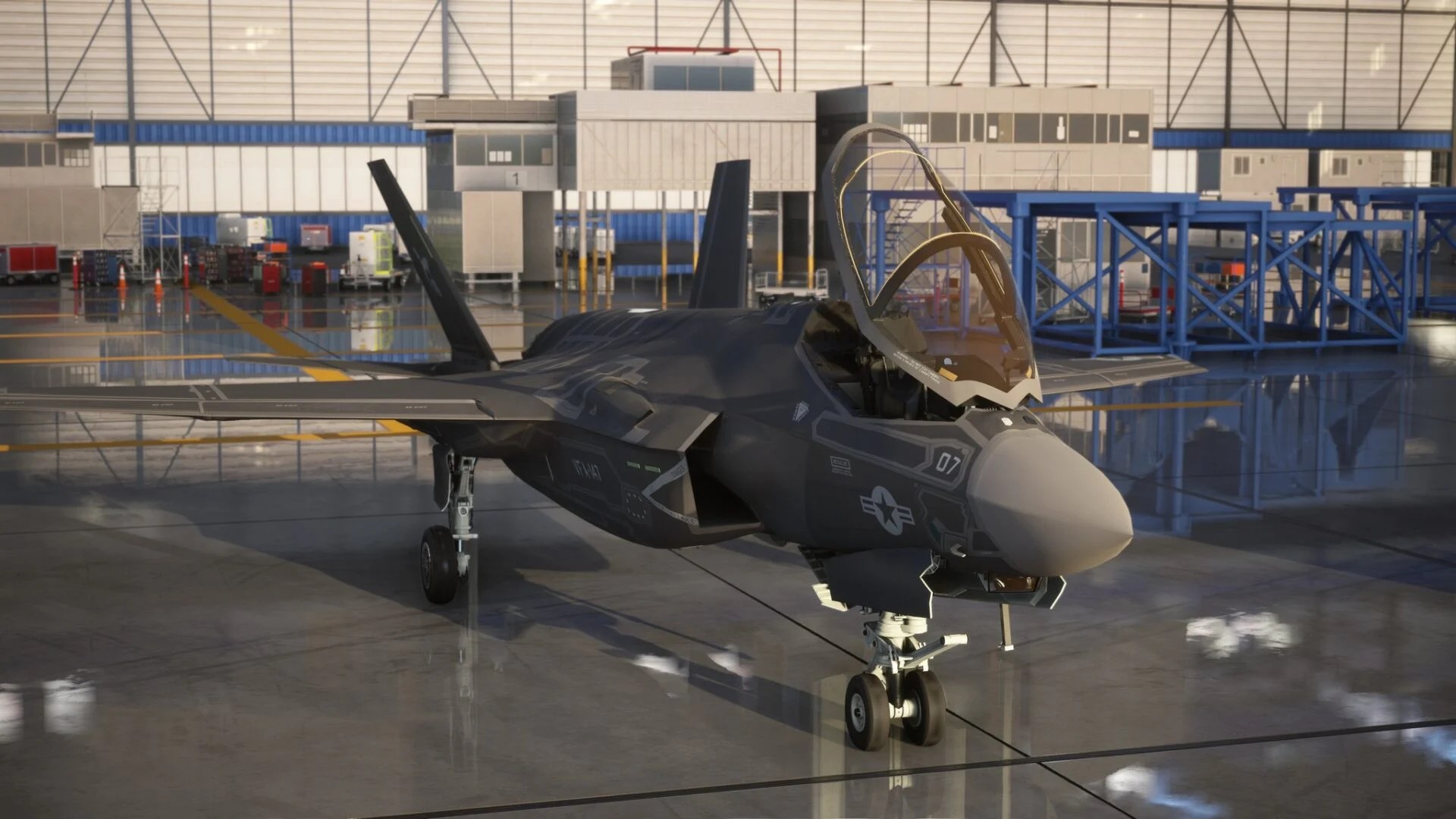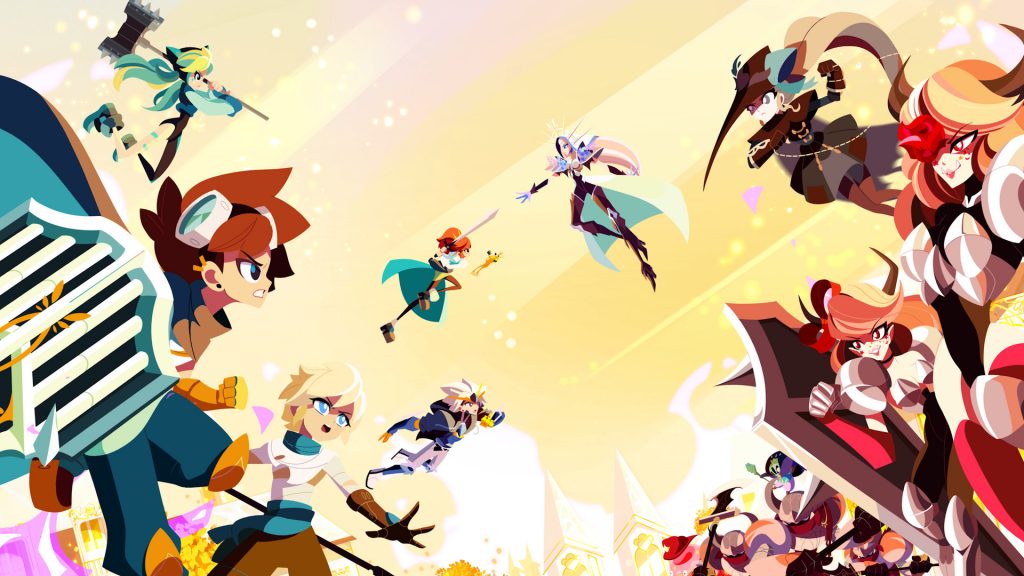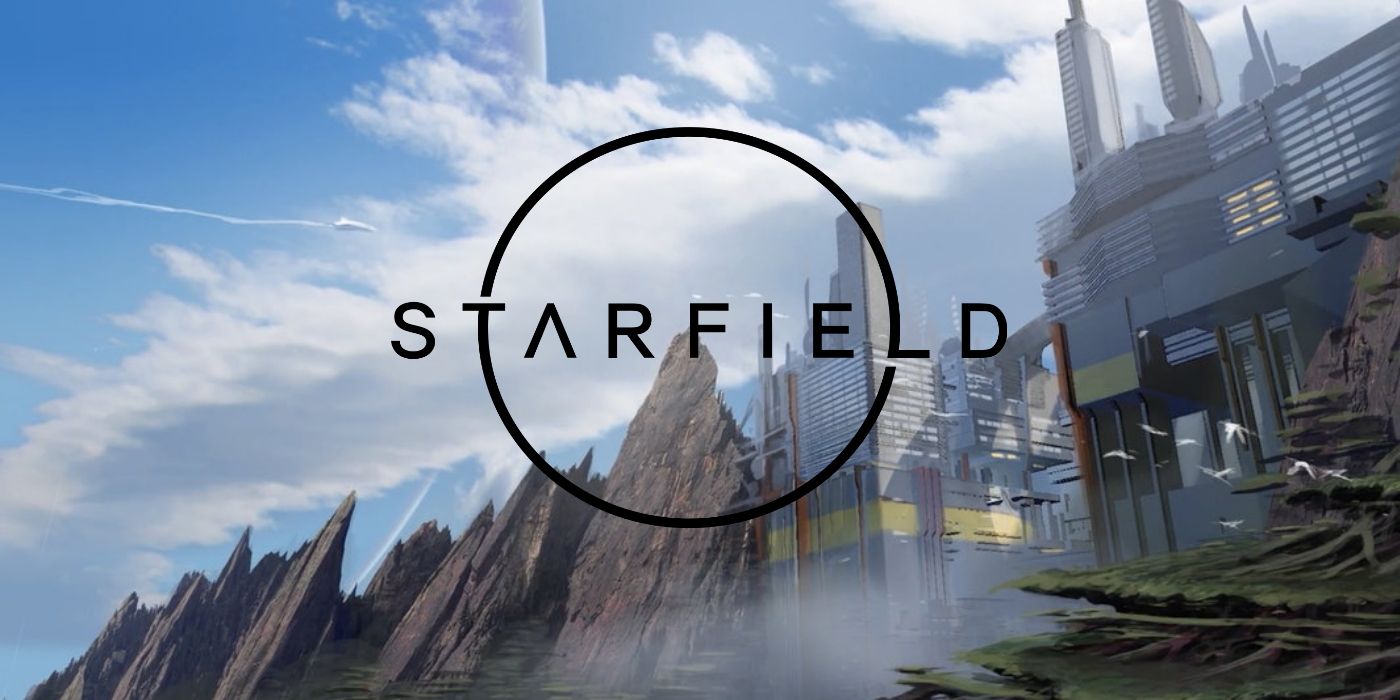

Despite being known for expansive maps and the wide range of roleplaying options within each, Bethesda RPGs have often struggled to make cities that live up to the rest of each world. Skyrim's hold capitals each have unique looks and cultures, but sometimes the population is too small. It's hard to take Nazeem seriously when he asks if the player gets to the Cloud District very often when the Cloud District is less than one hundred feet away. Fallout 3 and 4 took place in the ruins of large metropolitan areas, but in-game settlements often felt limited. If Starfield is going to establish itself as Bethesda's new IP, its cities need to one-up those found in the studio's two most famous franchises.
Starfield has the opportunity to create cities unlike those seen in other Bethesda RPGs. This opportunity has even been publicly discussed by Todd Howard, who expressed hope at Brighton Digital 2020 that both The Elder Scrolls 6 and Starfield would have larger cities than the ones fans were used to. If Starfield's cities are really going to trump Bethesda's other offerings, however, they'll need more than just size on their side.
RELATED: What Starfield Needs to Ensure Its Planets Stand Out
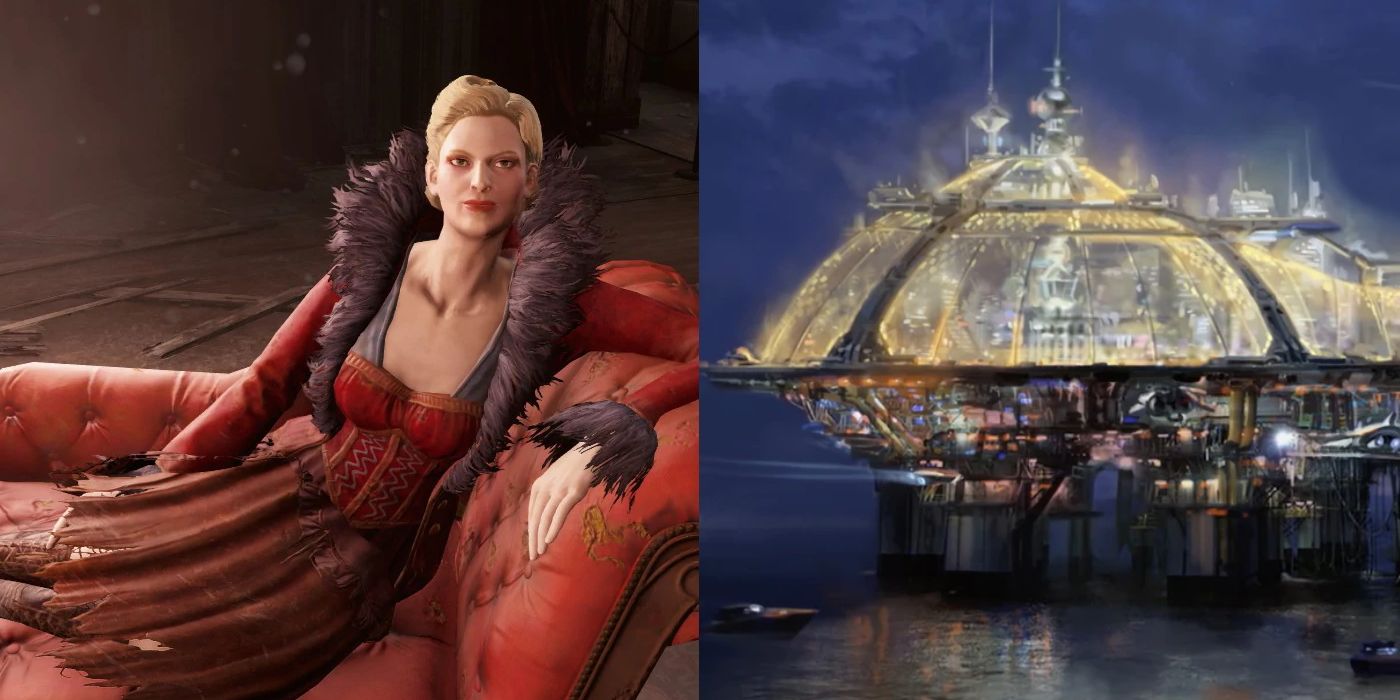
Bethesda's cities are often small, but they feel far smaller when parts of the city are taken up by areas which are only designed to be seen during a single quest. One of the most glaring examples of this in Fallout 4 is the Memory Den in Goodneighbor. The Memory Den is introduced as a VR lounge where participants can relive their own memories. As part of the main quest the player has the opportunity to relive some of their memories from Vault 111.
However, despite the huge roleplaying opportunities the Memory Den offers, it isn't much more than a set-piece outside of the main quest. The Memory Den could have been a great location to discover naturally while exploring the Commonwealth. It's easy to see the roleplaying opportunities of a character who has found themselves stuck in the future, longing to relive their past. The game could have simply transported players back to the suburb from the prologue, but even that was not an option.
The Memory Den is one of the more egregious examples of city space that feels underutilized outside of a single quest. Starfield's cities need to feel alive, even when they aren't the center of the story. If Starfield's hero forgoes the game's main quest and heads off to gamble in the domed city seen in some of the Starfield concept art, the world should feel like it's already buzzing along without them. The lack of options at the Memory Den outside the main quest make it feel like its waiting for the player. Starfield's cities need to feel live they've existed long before the player's arrival, and will continue to exist after they are gone.
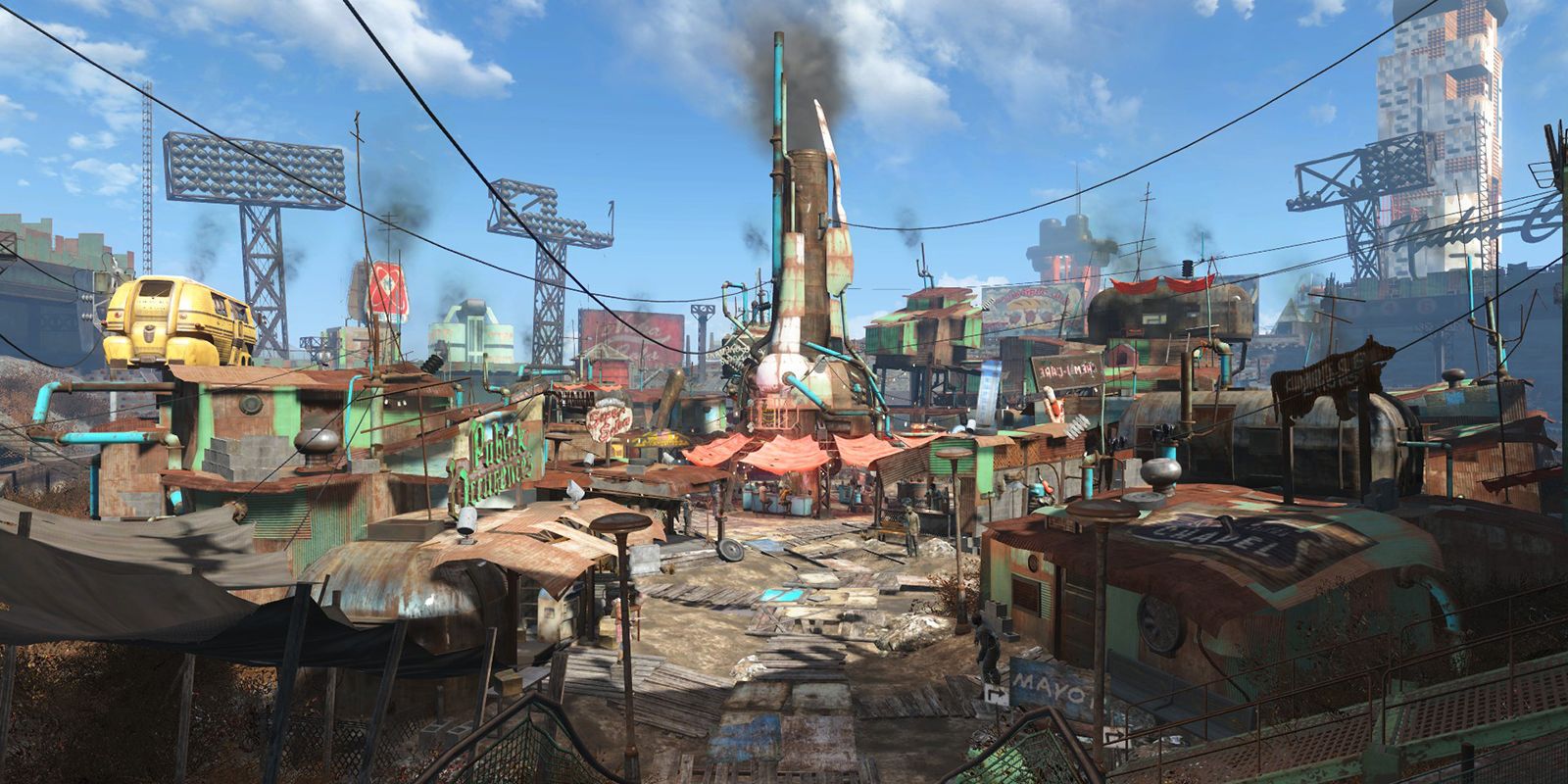
If mods like JK's Skyrim show anything, it's that density can be just as important as size when it comes to Bethesda's towns and cities. Without hugely expanding the size of any of of Skyrim's hold capitals, JK's Skyrim fills them with details that make them feel like bustling urban centers. Whether it's pig pens, more vendors, washing lines, or decorations reflecting unique local tastes and economies, the density of detail in a mod like JK's Skyrim brings even the smaller settlements in the province to life.
The amount of empty space a settlement like Diamond City seems very strange in Fallout 4. It's one of the few fortified settlements in the entire Commonwealth, and it's hard to imagine any space within its walls being wasted. It seems particularly strange considering that Diamond City was founded over a century before the events of Fallout 4.
Todd Howard has expressed an interest in creating larger cities than Bethesda's usual offerings, which would certainly be interesting to see in Starfield. Equally important, however, is that Starfield's cities feel busy. Local graffiti, alien animals, peddlers, urchins, goods being transported in and out of town. Details like these could help push any one of Starfield's cities above those found in Fallout and The Elder Scrolls.
RELATED: Starfield's NASA-Punk World Needs Non-Lethal Combat

Some of Bethesda's cities have clear districts. Whiterun is divided by levels, while Windhelm has its Grey Quarter. In both cases, however, the small size of those different districts makes it hard to take the societal divisions in either location seriously. Nazeem's elitism seems strange considering the fact that he drinks at the same tavern as everyone else in Whiterun. The Grey Quarter's downtrodden Dunmer would feel like a more immersive refugee population if their presence wasn't limited to a single short street and a handful of NPCs.
If Starfield's cities are larger than those found in previous Bethesda games, the studio needs to take advantage of that to create clearer districts that distinguish between the different parts of that city's society. It's hard to believe that Riften's unofficial matriarch Maven Black-Briar would live in the same part of town as the rest of Riften's citizens, but in Skyrim that's something the city's small size demands. Whether divided by class, trade, or literal levels like some of the multi-tiered settlements hinted at in Starfield's concept art, if the game's cities are going to feel truly alive, they need distinct moving parts.
The inhabitants of Bethesda's cities are extremely fixed, and unless the player kills an NPC the overall population is unlikely to change. Starfield could make a small change that might make its universe feel far more dynamic. While cities are likely to have a core group of consistent inhabitants, it would be great to travel to another planet and bump into the same trader on his route. The second time the player arrives at a city, they might find that a group of space pirates are bothering the bartender. If they drive those pirates out, they might meet them at the next port.
This would require a significant amount of scripting, but it would be great to see Starfield have some cities with more permeable populations, especially in a setting that seems to have such a focus on exploration. Whether Starfield will make any of these changes remains to be seen, but even if the game's cities remain relatively small there are some subtle ways the studio can make them feel more alive than the settlements found in Bethesda's other RPGs.
Starfield releases on November 11, 2022 for PC and Xbox Series X/S.
MORE: Starfield May be the Final Nail in the Coffin for Beyond Good and Evil 2
